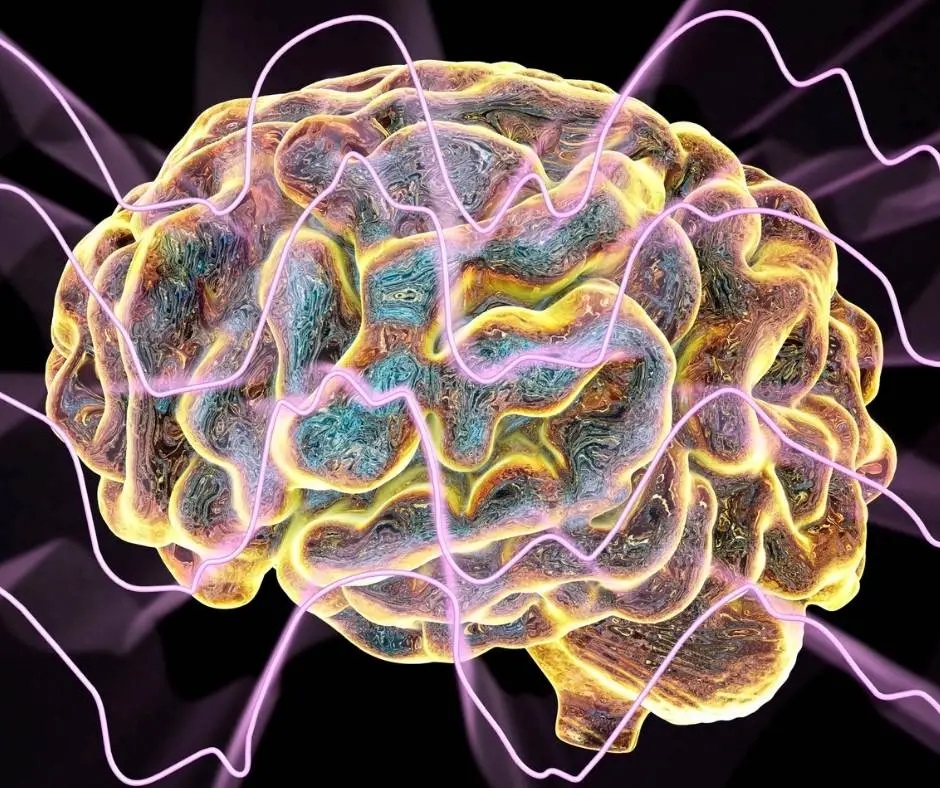Sleep is a vital biological process essential for physical, mental, and emotional well-being. Among the various stages of sleep, slow-wave sleep (SWS) stands out as the most restorative. Often referred to as deep sleep or delta sleep, SWS is a critical phase of Non-Rapid Eye Movement (NREM) sleep where the body undergoes profound recovery and the brain clears toxins. This article delves into the science behind slow-wave sleep, its functions, factors that influence it, and tips to enhance its quality.
Sleep Stages and the Role of Slow-Wave Sleep
The Four Stages of Sleep
Sleep occurs in cycles that alternate between NREM and Rapid Eye Movement (REM) sleep. NREM sleep is further divided into three stages, with slow-wave sleep occupying the third stage:
- Stage 1 (NREM): A light transitional phase where you drift in and out of sleep.
- Stage 2 (NREM): Heart rate slows, and body temperature drops, preparing for deep sleep.
- Stage 3 (NREM): Slow-wave sleep, characterized by the presence of delta waves, is the most restorative phase.
- REM Sleep: The brain is active, consolidating memories and processing emotions.
Brainwave Activity During Slow-Wave Sleep
SWS is dominated by delta waves, which are low-frequency, high-amplitude brainwaves. This contrasts with lighter sleep stages, where faster beta and theta waves prevail. Delta waves signify reduced cortical activity, allowing the brain to enter a state of deep rest.
Sleep Cycles Throughout the Night
SWS primarily occurs during the first half of the night. Each sleep cycle lasts approximately 90 minutes, and the proportion of SWS decreases in later cycles, replaced by longer REM phases.
The Functions of Slow-Wave Sleep
Physical Restoration
During SWS, the body focuses on repair and recovery:
- Tissue Repair: Damaged tissues are repaired, and muscle growth is promoted.
- Growth Hormone Release: The pituitary gland releases growth hormone, crucial for cell regeneration and healing.
- Immune System Boost: Cytokines, proteins that fight infections, are produced during SWS.
Brain Detoxification
- The glymphatic system, the brain’s waste-clearance mechanism, is activated during SWS.
- This system removes toxins, including beta-amyloid, a protein linked to Alzheimer’s disease.
Memory Consolidation
- SWS consolidates declarative memories, such as facts and knowledge.
- Information is transferred from the hippocampus to the neocortex for long-term storage.
Emotional Regulation
- SWS helps the brain process emotions and reduce stress.
- It plays a role in maintaining mood stability and resilience to daily challenges.
Biological Mechanisms Driving Slow-Wave Sleep

Regulation by the Brain
The hypothalamus and thalamus coordinate the onset of SWS by reducing activity in wake-promoting regions of the brain. The cortex synchronizes neuronal firing to produce delta waves.
Role of Neurotransmitters
- GABA (gamma-aminobutyric acid): Inhibits brain activity to promote relaxation and sleep.
- Adenosine: Builds up during wakefulness, increasing sleep pressure and driving SWS.
Hormonal Activity During SWS
- Growth Hormone: Released in pulses during SWS to support cellular repair.
- Cortisol: Levels drop, allowing the body to recover from stress.
Factors That Influence Slow-Wave Sleep
Age and Developmental Stages
- SWS is most abundant during childhood and adolescence, supporting growth and development.
- It naturally declines with age, contributing to reduced restorative sleep in older adults.
Lifestyle Factors
- Diet: Excessive caffeine and alcohol intake disrupt SWS.
- Exercise: Regular physical activity enhances deep sleep, but intense workouts close to bedtime may interfere.
Sleep Environment
- Optimal room temperature (60-67°F), minimal noise, and a dark environment promote better sleep depth.
- Investing in high-quality bedding can also improve comfort and SWS.
Sleep Disorders
- Sleep Apnea: Frequent interruptions in breathing reduce time spent in SWS.
- Insomnia: Difficulty falling or staying asleep hinders the progression to deep sleep.
Consequences of Insufficient Slow-Wave Sleep
Cognitive Impairments
- Reduced memory retention and learning capacity.
- Increased brain fog and slower reaction times.
Physical Health Risks
- Impaired immune function and slower recovery from illness or injury.
- Higher risk of chronic conditions like diabetes, obesity, and cardiovascular diseases.
Emotional and Mental Health Effects
- Greater susceptibility to anxiety, depression, and mood swings.
- Difficulty managing stress and emotional responses.
Long-Term Impacts
- Accumulation of toxins like beta-amyloid can increase the risk of neurodegenerative diseases such as Alzheimer’s.
Tips to Enhance Slow-Wave Sleep
Maintain a Consistent Sleep Schedule
- Go to bed and wake up at the same time daily to regulate your circadian rhythm.
Adopt a Sleep-Friendly Diet
- Consume foods rich in magnesium (e.g., leafy greens, nuts) and tryptophan (e.g., turkey, dairy).
- Avoid caffeine and alcohol in the evening.
Optimize the Sleep Environment
- Ensure your bedroom is dark, quiet, and cool.
- Use blackout curtains and white noise machines if necessary.
Reduce Stress and Stimuli Before Bed
- Practice relaxation techniques like mindfulness meditation or deep breathing exercises.
- Limit screen time and avoid engaging in stimulating activities close to bedtime.
Incorporate Physical Activity
- Regular moderate exercise promotes deeper sleep.
- Avoid vigorous workouts within three hours of bedtime.
Future Research and Implications of Slow-Wave Sleep
Understanding the Mechanisms Further
- Ongoing research aims to uncover the full range of SWS’s functions, particularly its role in preventing neurodegenerative diseases.
SWS and Personalized Medicine
- Sleep monitoring and biomarkers may help optimize individual sleep patterns for better health outcomes.
Potential Therapeutics to Enhance SWS
- Emerging technologies and medications are being developed to increase slow-wave activity in individuals with chronic sleep issues.
Broader Impacts of Improving Sleep Quality
- Enhancing SWS could improve public health, productivity, and quality of life, particularly in aging populations.
Conclusion
Slow-wave sleep is the cornerstone of restorative sleep, enabling physical repair, brain detoxification, and emotional resilience. While it naturally declines with age, adopting sleep-friendly habits can help enhance its quality and duration. Prioritizing SWS not only supports immediate well-being but also reduces the risk of long-term health complications. As research continues to deepen our understanding, slow-wave sleep remains a key focus in the pursuit of optimal health and longevity.


